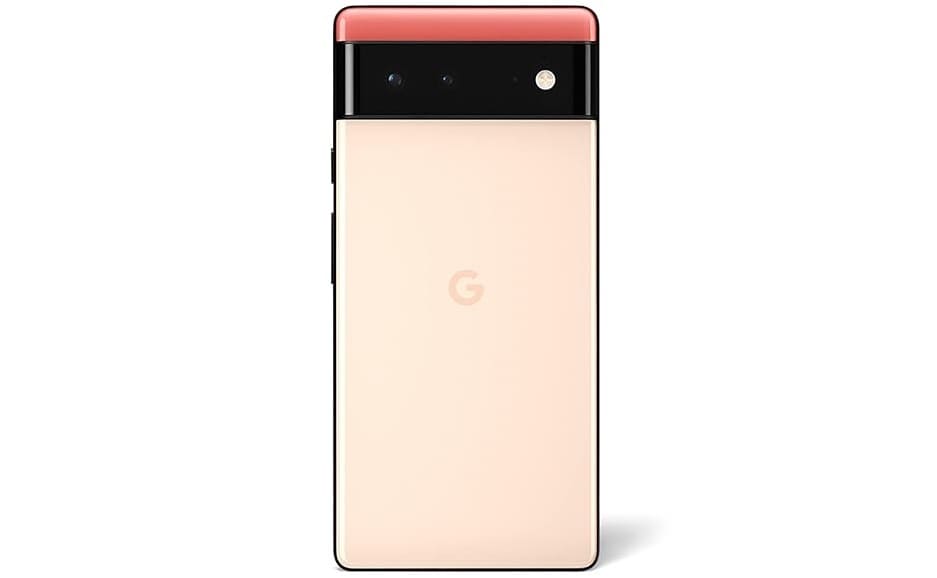In this article, we’ll explore the root causes of the Google Pixel 6’s unresponsive touchscreen issues and provide practical solutions to overcome these frustrating situations. You’ll learn how to restore smooth and responsive touchscreen functionality, ensuring a more enjoyable and hassle-free user experience.
Steps to Fix Google Pixel 6 Unresponsive Touchscreen Issues
1. Clean the Screen and Ensure Proper Touch:
If you’re using a display screen protector, it would intrude with touch responsiveness. Remove the display protector and check the touchscreen without it. Consider changing it with a brand new, or compatible protector if needed. Collected dust, oil, or debris on the touchscreen can affect touchscreen sensitivity. Gently clean the display with an easy, lint-free cloth, making sure there aren’t any obstructions hindering touch interactions.
2. Restart Your Google Pixel 6:
Turn off your Google Pixel 6 and turn it on. This easy motion can help clear faults and frequently resolves touchscreen-related problems.
3. Check for Software Updates:
Ensure that your Google Pixel 6 is working on the software program version. Google often releases updates that include optimizations and improvements, potentially addressing touchscreen-related troubles. Check for updates within your settings underneath “System” and “Software update.”
4. Optimize Touch Sensitivity:
Access the developer options in the device settings by tapping on the “Build range” multiple times inside the “About smartphone” segment. Once in developer options, discover settings related to touch sensitivity and regulate as wanted. Adjust the touch and hold delay in the developer alternatives.
5. Safe Mode:
Boot your Google Pixel 6 into Safe Mode to decide if a 3rd-party app is causing touchscreen-related troubles. If the problem is resolved, a 3rd-party app can be the problem, and you may uninstall apps selectively to discover the problematic one.
6. Check Screen Protector Compatibility:
When using a screen protector on your Google Pixel 6, ensure it’s specifically designed for this model. Screen protectors not tailored for your device can affect its touch sensitivity, leading to reduced responsiveness or other touch-related issues.
7. Reset App Preferences:
In your Google Pixel 6 settings, go to “System,” then “Reset,” and pick out “Reset app.” This movement resets app settings to default, potentially resolving any conflicts affecting touchscreen capability.
8. Factory Reset:
If continual touchscreen troubles stay, do a factory reset to your Google Pixel 6. Before doing this, ensure to back up your data. A factory reset will return your phone to its default state, regularly resolving complicated software troubles.
9. Evaluate Display Settings:
Explore display settings in your Google Pixel 6 settings, together with brightness and adaptive brightness. Adjust these settings to make sure of the line visibility and touch responsiveness.
10. Check for Physical Damage:
Examine for any physical damage, along with cracks or dents. Physical harm can immediately impact touch sensitivity. If damage is detected, consider going to a professional restore services.
11. Evaluate Touch Settings:
Adjust the touch timing within the settings. A longer length might also enhance touch, particularly for users who without a doubt keep their touch input for shorter periods.
Conclusion
By applying the above methods, you can effectively tackle unresponsive touch issues on your Google Pixel 6. However, if these solutions don’t resolve the problem, it’s advisable to reach out to Google Support. Their team can offer specific diagnostics and tailored solutions to address any persistent touchscreen challenges with your device.
Also read: Google Pixel 6 Slow Charging Issues? Here’s How You Can Fix
